What You Need To Know Before Investing In Real Estate
Investing in real estate may seem like an overwhelming process, but it has the potential to be so rewarding. REC’s friend Sue Murphy as a prime example of what is possible in this field, in just a few years she went from 0 properties to 11. Beginning with a semi-detached house, she expanded her portfolio to a number of different types of homes to capitalize on the benefits of the industry. Yes, initially starting the process is scary but if you want a secure way to become successful this is one of your best opportunities.
The sooner you jump in the further ahead you’ll be. What’s crucial to know about real estate is that it’s not a get rich quick scheme, it requires a healthy amount of patience to become fruitful. It generally requires time more than effort. The earlier you delve in, the sooner you will be to reaching your goals.
You don’t need to be a risk taker to invest, as long as you do your due diligence you’ll be safe. With proper research of the location, the types of homes in the area and knowledge of price trends, you will have a strong grasp of what you need to know to mitigate some of the risks. Minimizing risk to its smallest form creates security. You can eliminate fear by fulfilling all of the necessary requirements done by building a team of professionals to help walk you through the more intimidating parts. Having a broker might just be your best bet, as this is something you definitely don’t want to go to into blind. Don’t be afraid to ask for advice, there are always people willing to help.
It’s important to know that problems can arise. The home inspector can miss something or you can have an issue with the tenant, although these things are generally unlikely. If you deal with this immediately and have a lawyer at the ready just in case, you will be secure. Costs can arise, but they won’t be a fraction of what your investment will be worth.
There are 5 different types of properties to invest in, each with their own benefits and particulars to consider. Pre-construction is when you purchase the investment before a shovel breaks ground, it requires little work and this passive investment climbs in value as it’s being built; you are buying from a blueprint, so you don’t get the best sense of the project and your funds are tied up for approximately 4 years. An income property has 2 or more livable units which can be rented out individually, this is beneficial to gain a higher income and if a renter leaves you can offset the cost; keep in mind that it’s a more active investment and you will need to budget higher for maintenance. Lease to own is when an investor acquires a property for a tenant buyer who will eventually purchase it under pre-determined terms, this is a more passive investment that helps others purchase a home with a set exit strategy; it can be difficult to get qualified tenants and funds are tied up for about 4 years. Joint ventures are when investors partner up to purchase a property while leveraging their skills to benefit the other members of team (ie. doing repairs or financing), this allows you to purchase more and larger properties while having other people to fall back on if issues arise; it does offer less control and having the same goals is a necessity. Student housing is renting out temporary housing outside of major post-secondary institutions, this is beneficial due to the endless demand in a desirable area which generates consistent cashflow, but it does have high tenant turnover and costly repairs.
Diversification is another way to reduce risk. Let’s say that if fully detached houses in Brampton are not doing well, chances are small condos in the city core might being doing better. You want to avoid much of the same type of investment in the same location as this mitigates risk. We advise not to have too many pre-construction condos because if policy changes and the builders can no longer build, you could possibly be in a negative financial situation. Diversification creates a safety net just in case the market isn’t beneficial to certain properties in certain areas.
Keep in mind you have the option to refinance and invest again by taking the money out (a reverse mortgage) to put towards another property. This gives you the option to continuously build your portfolio. Gaining the capital required does take time, but this strategy is generally faster than simply saving your funds.
When you own a property you can win in three ways: appreciation, principal recapture and cash flow (if you have someone renting it out). Over time prices inevitably increase, meaning your property will always appreciate. In principal recapture the tenant pays off the mortgage, allowing you to leverage the equity you’re gaining. For example, if you’re $50k down, the tenant pays the mortgage, you end up with a $500,000 asset.
Investing in real estate is definitely overwhelming to jump into, but it’s something you can get comfortable with the more you do it. As you expand your portfolio it gets easier and easier. There is definitely risk involved, but if you do your research it outweighs the negatives by a substantial amount. If you’ve already done your due diligence then the best time to jump in is now.

